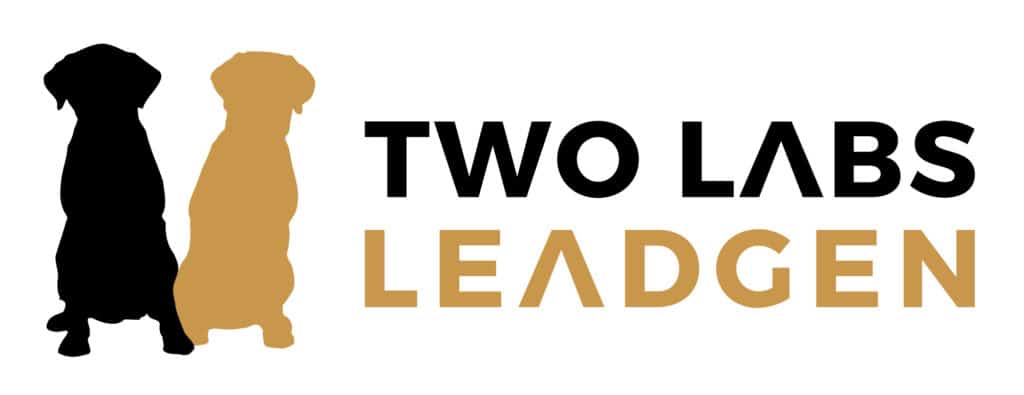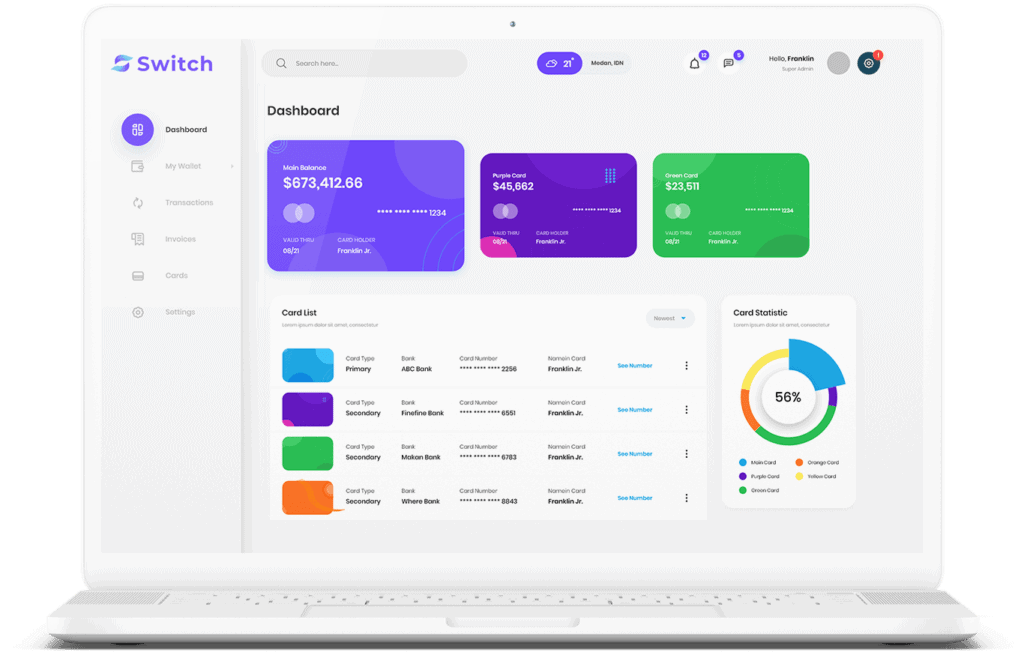Domain Name Basics
– Domain names serve as text-based labels to identify Internet resources.
– They are used to represent collections of resources or individual instances.
– Domain names are used as host identifiers for individual Internet host computers.
– They are used for Uniform Resource Locators (URLs) to access websites.
– Domain names are used as identification labels for ownership or control of a resource.
Domain Name History and Management
– The practice of using memorable abstractions of numerical addresses dates back to the ARPANET era.
– In 1983, the Domain Name System (DNS) was introduced to replace the centrally organized hostname registry.
– The first .com domain name, symbolics.com, was registered on March 15, 1985.
– The first .edu domain names, including berkeley.edu and cmu.edu, were registered on April 24, 1985.
– The Internet Engineering Task Force published the DNS specifications as RFC 882 and RFC 883.
– The Internet Corporation for Assigned Names and Numbers (ICANN) manages the development and architecture of the domain name space.
– ICANN authorizes domain name registrars for registration and reassignment of domain names.
– The domain name space is organized into a hierarchical tree structure with zones.
– Each node in the tree holds information associated with a domain name.
– The hierarchy of domains begins at the DNS root zone.
Domain Name Syntax and Usage
– A domain name consists of one or more labels concatenated and delimited by dots.
– The right-most label represents the top-level domain (TLD).
– The hierarchy of domains descends from right to left, with each label specifying a subdivision or subdomain.
– Each label can contain 1 to 63 octets and may have an associated IP address.
– The total length of a fully qualified domain name should not exceed 253 ASCII characters.
– Domain names provide easily recognizable and memorizable names for Internet resources.
– Organizations can choose domain names that correspond to their names for easy identification.
– Generic domain names define general categories rather than specific instances.
– Domain names are often referred to as ‘domains’ and registrants as ‘domain owners.’
– The use of domain names in commerce may be subject to trademark law.
Top-level Domains and Lower-level Domains
– The domain name system is divided into country code top-level domains (ccTLD) and generic top-level domains (gTLD).
– ccTLDs are based on two-character ISO-3166 country codes.
– gTLD includes domains like gov, edu, com, mil, org, net, and int.
– TLDs are the highest level of domain names.
– Second-level domains are directly to the left of top-level domains.
– Third-level, fourth-level, and fifth-level domains exist with no limitation.
– Each label is separated by a full stop (dot).
– Subdomains are domains subordinate to their parent domain.
– Multiple physical servers can serve a single hostname or domain name.
Domain Name Registration and Business Models
– First commercial domain name registered in 1985.
– Less than 15,000 domains registered by 1992.
– 294 million domain names registered by Q1 2015.
– .com TLD has the most registrations.
– .com TLD had more registrations than all ccTLDs combined in 2012.
– Domain names delegated by registrars accredited by ICANN.
– Each TLD maintained by an administrative organization.
– Registry maintains the database of names registered within the TLD.
– WHOIS protocol used to publish registration information.
– Registrants are known as domain holders, not owners.
– Registrars use several key pieces of information connected with a domain, including administrative, technical, and billing contacts.
– Domain names can be seen as valuable assets for online brand-building, advertising, and search engine optimization.
– Some companies offer low-cost or free domain registration, recouping costs through advertising.
– The resale of registered domain names is known as the domain aftermarket.
– Factors like perceived value and market demand influence the price of a domain name.
– Most high-value domain sales are conducted privately. Source: https://en.wikipedia.org/wiki/Domain_name


